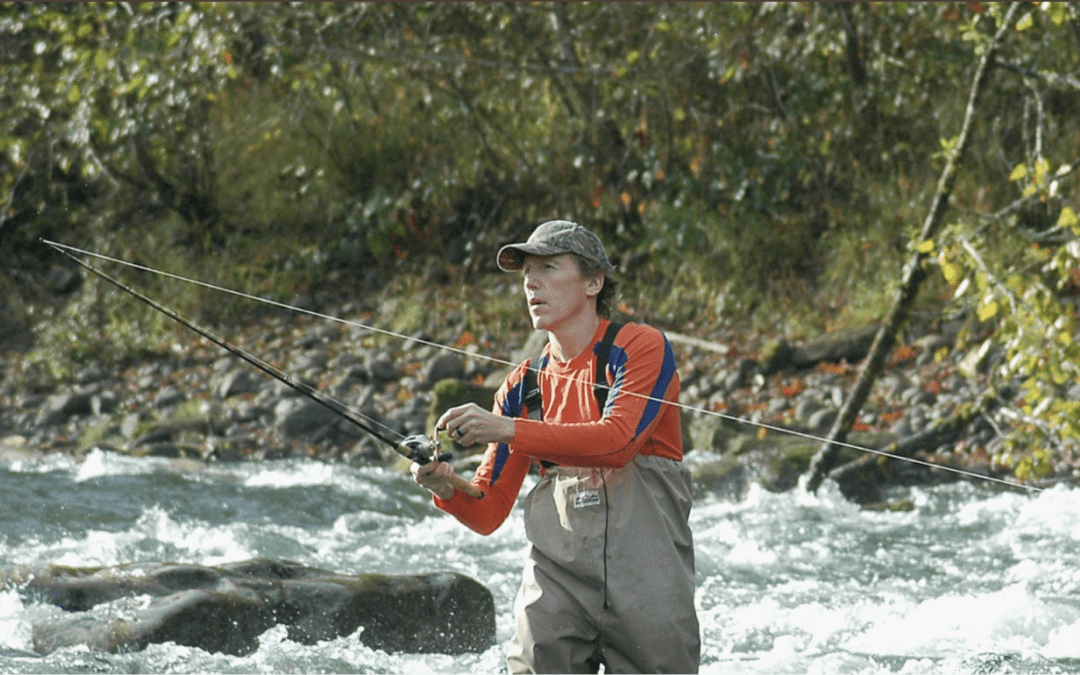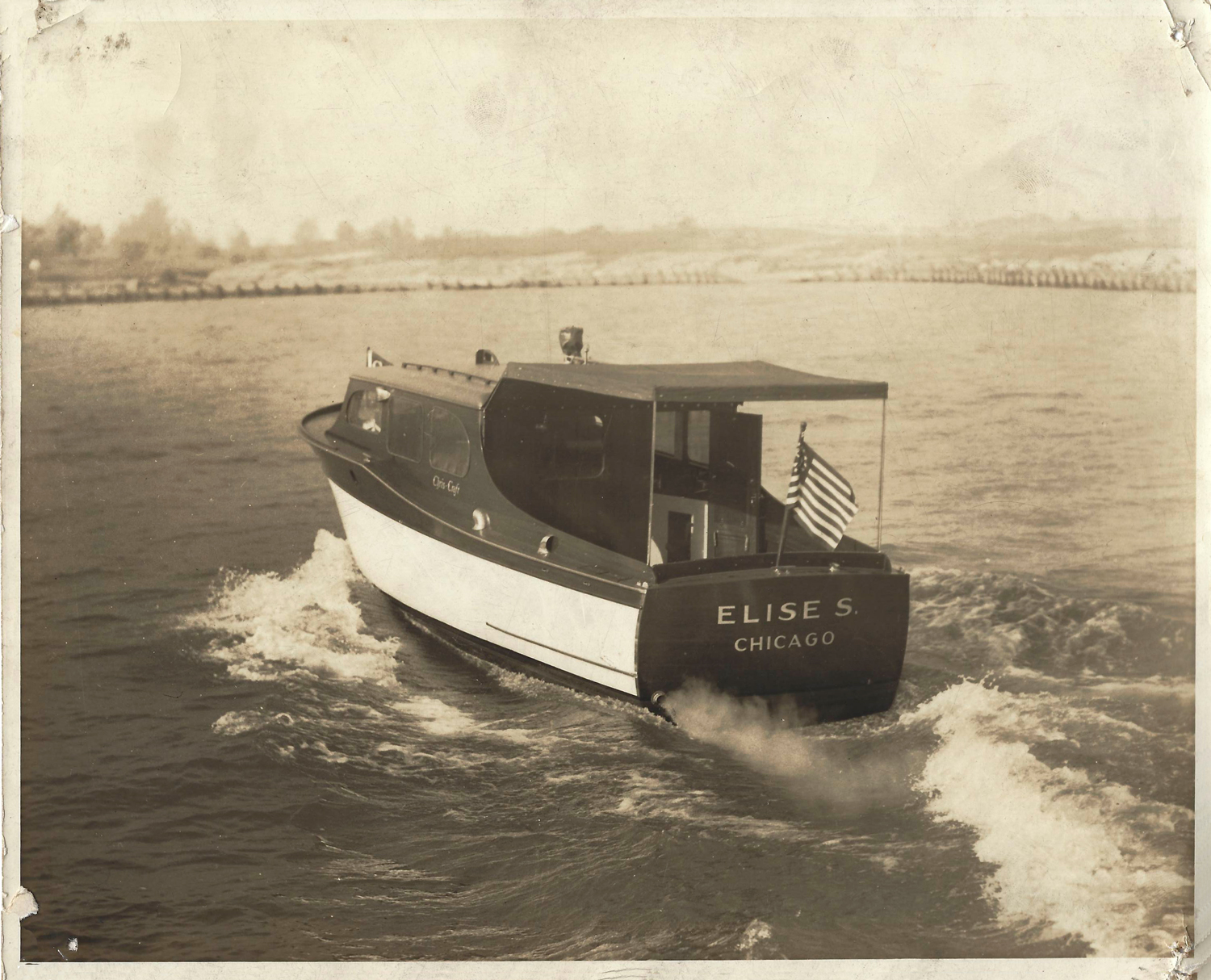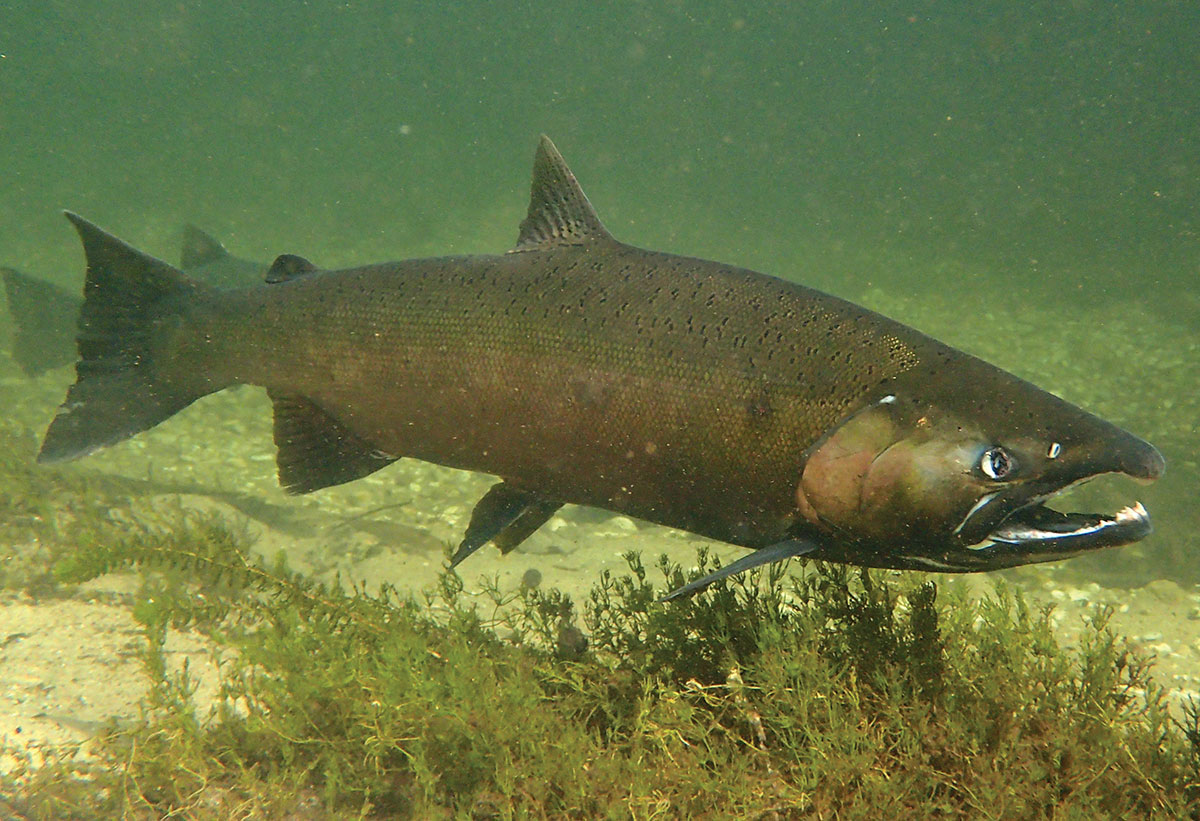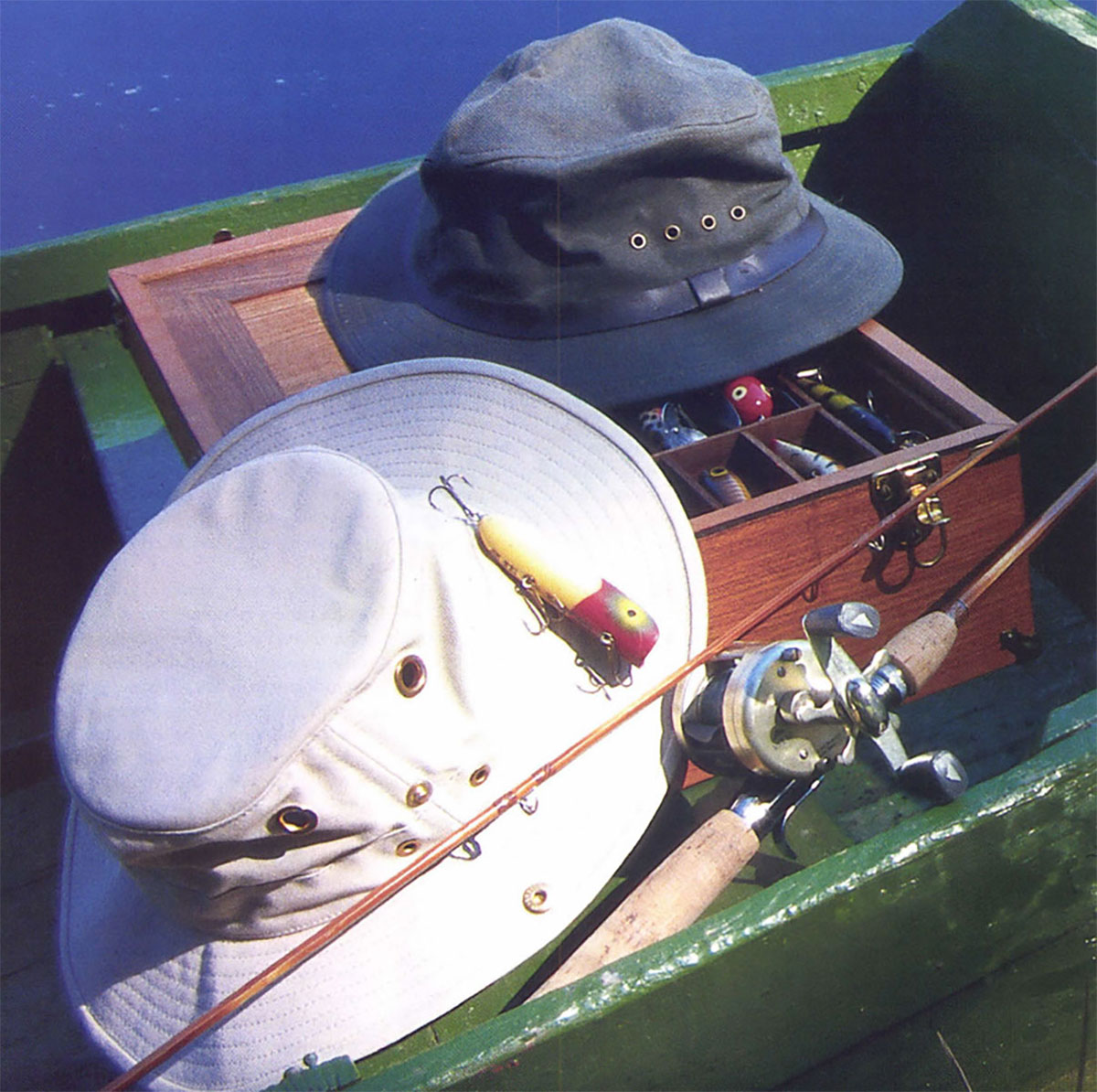Avid coho fishing enthusiasts share their tips for catching coho salmon. By following these 10 tips, you will be reeling in coho in no time.
If you’ve got a steelhead rod and a handful of spinners and jigs, chances are you’ve already got the gear you need to go coho fishing in rivers like the Sandy and Clackamas.
But if you’re feeling a little thin when it comes to “know how,” Ben Walczak (Oregon Department of Fish & Wildlife district fish biologist in Clackamas) and Ryan Queen (Sandy Hatchery manager), both avid coho-ers, offer these tips for catching more fish.
1. Forget what you’ve heard about pink for coho.
Long-standing folklore has it that coho prefer pink, at least when it comes to fishing lures. Fact is, colors catch anglers not fish. Coho are aggressive biters, and will take just about any color lure.
2. Make ‘em mad.
Once in the river, coho stop thinking about food and begin to focus on procreating. This make them aggressive and ready to lash out anything invading their territory – anything like a spinner or jig, for example. Cover the water carefully, making sure you’re getting your lure in front of as many fish as possible.
3. Watch the surface of the water.
Coho are social, splashy, aggressive fish that like to roll and jump on the surface. Take the time to watch the water and they’ll give their location away.
4. Don’t leave fish to find fish.
Coho tend to travel in pods, and in low water conditions they’ll keg up even more. If you’re catching fish in one spot, continue fishing there until you’re sure you’ve covered all the water.
5. Twitch a jig in soft water.
In slower pools and runs, many coho anglers like to twitch a jig. This isn’t your traditional bobber and jig fishing. Instead, line a stiffer 6.5- to 8-foot rod (a good bass rod will do) with 20# braid and a mono leader. Start with a 1/2-ounce jig and let it swing through the current, occasionally lifting the jig and then letting it drop. That’s twitching and the goal is to establish a smooth up-and-down rhythm without losing contact with the jig.
A 1/2-ounce jig is a good place to start, but don’t hesitate to go lighter or heavier depending on the speed of the current and where the coho are hanging out in the water column. Your goal is to put the jig in front of the fish, and then trigger a bite with a little twitch.
6. Swing a spinner in faster water.
Fishing spinners remains the most popular way to fish for coho in riffles and faster water. Fish a #3 lure in clear conditions, and go up to a #5 when the water is murky. If twitching is about rhythm, spinner fishing is about a smooooth presentation through the water.
7. Carry two rods.
Carry one rod for for twitching jigs and one for swinging spinners. If one technique isn’t working, it’s easy to try another.
8. When water levels are low, look for fish in deeper pools.
When the water gets skinny, coho will stack up in deep water until conditions improve. A good rule of thumb in these conditions is to fish where you “can’t see the bottom of the river.”
9. When water levels come up, chase the fish upriver.
Once there’s enough water to move, coho will blast upriver. In these conditions, look for “steelhead” water – tailouts, travel lanes, etc.
10. Watch and learn from other anglers.
Sometimes it’s enough to just stand back and watch how a successful angler catches fish. However, feel free to introduce yourself and ask questions when there’s a break in the action. Most anglers are happy to help a newcomer, if they’re polite. And don’t repay their helpfulness by immediately fishing right on top of them.
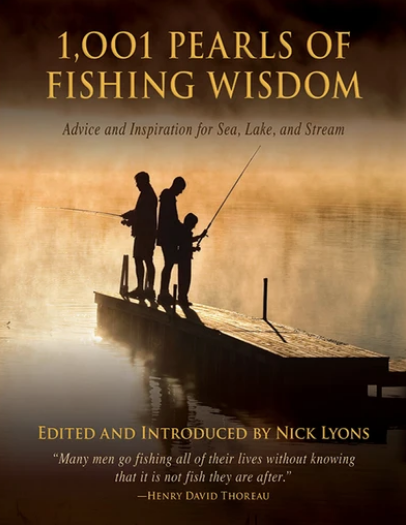 For everyone, from those who enjoy fishing as an occasional pastime to those who revel in the philosophies of one’s relationship with the water, rod, and reel, this book of quotable fishermen is the ultimate repository of fishing wisdom. From proverbs to professional tips to general words of insight, this collection of quotes is the go-to guide for anyone who loves some aspect of the wonderful world of fishing. Chapters includes: Some Hints About Why We Fish, Techniques and Strategies, When and Where We Fish, Big Fish, The Lighter Side and much more! Shop Now
For everyone, from those who enjoy fishing as an occasional pastime to those who revel in the philosophies of one’s relationship with the water, rod, and reel, this book of quotable fishermen is the ultimate repository of fishing wisdom. From proverbs to professional tips to general words of insight, this collection of quotes is the go-to guide for anyone who loves some aspect of the wonderful world of fishing. Chapters includes: Some Hints About Why We Fish, Techniques and Strategies, When and Where We Fish, Big Fish, The Lighter Side and much more! Shop Now

